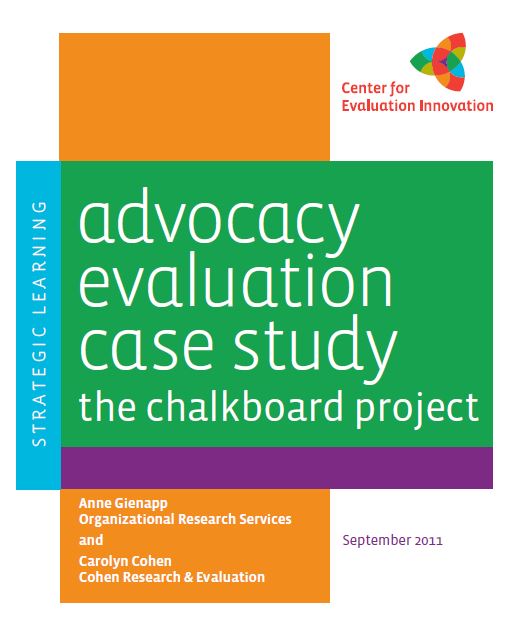
Advocacy Evaluation Case Study
This case study provides an example of an evaluation of the Chalkboard Projects civic engagement efforts.
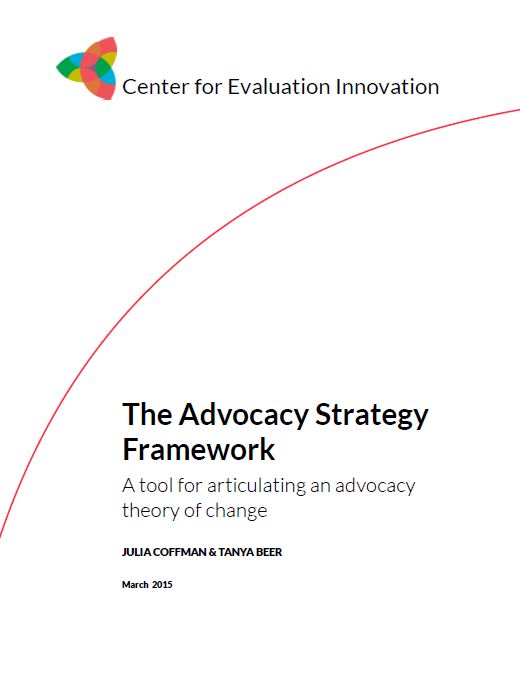
An Advocacy Theory of Change
This tool can be used to design an advocacy theory of change. It leads a group through six questions for discussion, provides facilitation tips, and several graphic representations of what final strategies might look like.
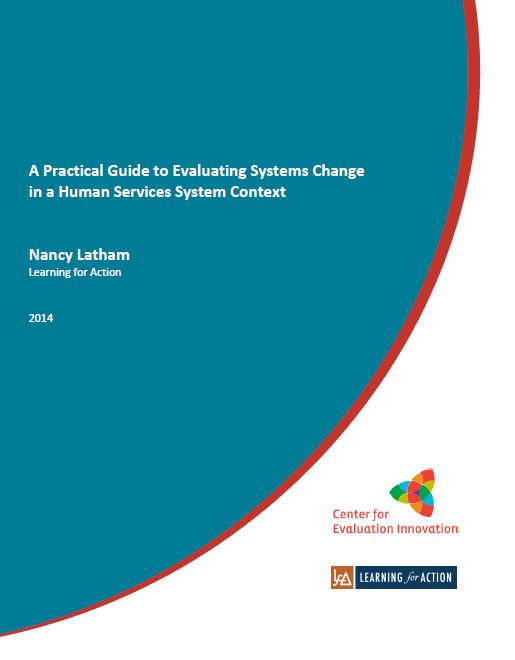
A Practical Guide to Evaluating Systems Change in Human Services Systems
This Guide is for practitioners and evaluators who would like a practical way to think about systems and systems change. The author presents a framework (page 4) that looks at the collaborative group as a way to organize for systems change not the change itself.

Forces for Good: The Six Practices of High-impact Nonprofits
This book, first published in 2007, is a guide to how nonprofits achieve extraordinary social impact. After studying 12 nonprofit, the authors identified six practices that lead to success. Advocacy and constituent engagement are key.

The Power of Stories
This webpage has a link to a video that describes the cultural treasures of one community in California. The video highlights youth working for change and developing leadership through civic engagement and advocacy.

Nonprofits Must Speak Out about Poverty and Income Inequality
This paper makes the case for nonprofits to work to ameliorate income inequality beyond providing services to those who are already poor or are in danger of falling out of the shrinking middle class and into poverty.

Midwest Academy Strategy Chart
This handout guides the organization to explore what is currently happening within the organization as well as identifying those who will work with you and those who might block your efforts.
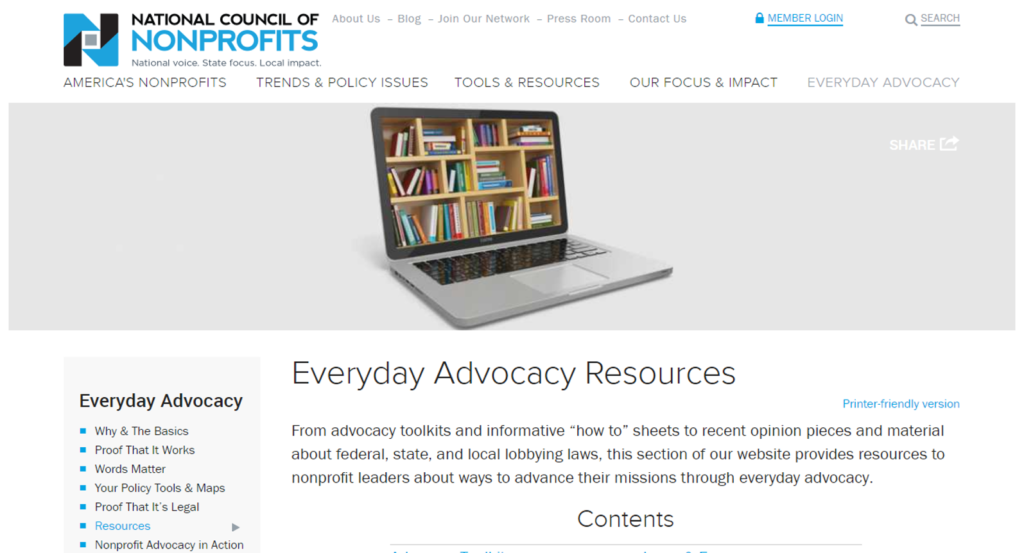
Everyday Advocacy Resources
From advocacy toolkits and informative “how to” sheets to recent opinion pieces and material about federal, state, and local lobbying laws, this section of the National Council of Nonprofits website provides resources to nonprofit leaders about ways to advance their missions through everyday advocacy.
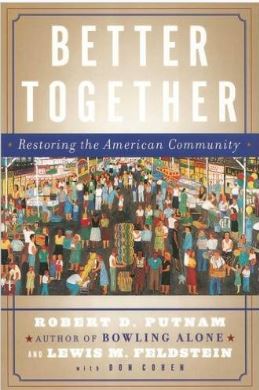
Better Together
This website is the portal to Better Together, the 2000 report that identified Americas civic apathy and ways to revitalize it. There are links to the book, Bowling Alone, which describes how isolated members of our society have become, as well as a social capital primer, research and measurement tools.
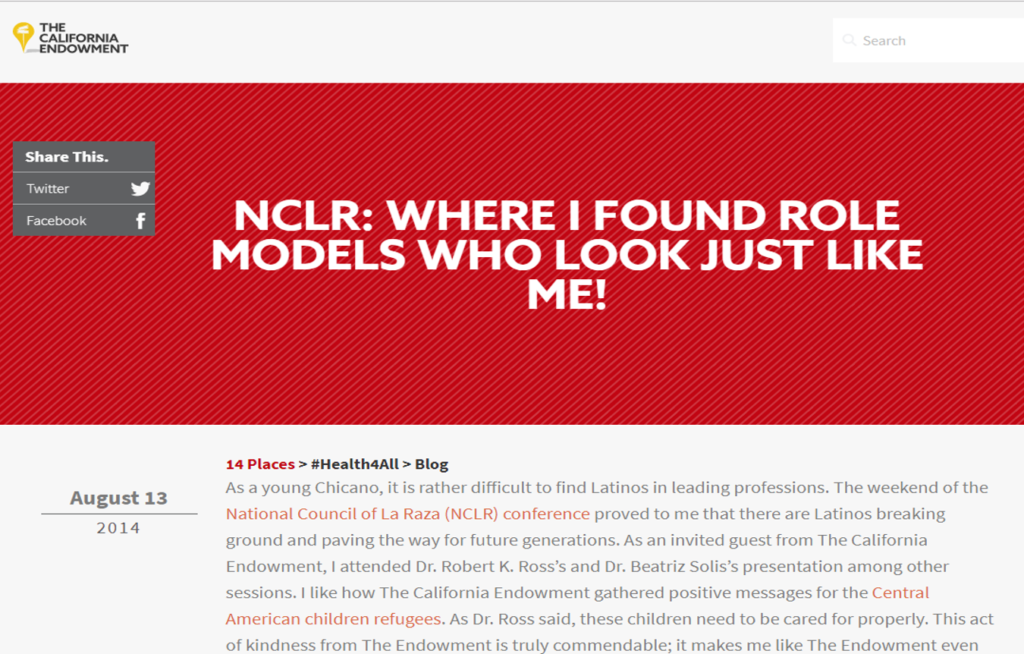
Where I Found Role Models Who Look Just Like Me
This motivating story by a youth leader can be effective to spark conversation about engaging often overlooked constituents for leadership roles.
